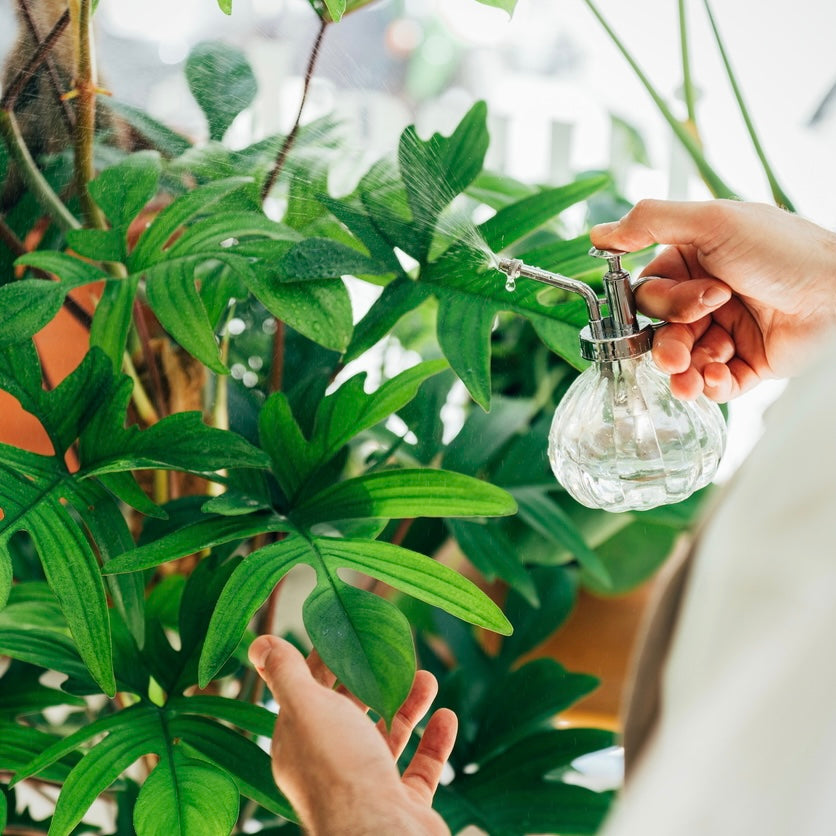Welcome to our florist blog, where we delve into the world of plant care and share valuable tips to help you nurture your green oasis. Whether you're a seasoned plant enthusiast or a novice gardener, taking care of your plants is essential for their health, growth, and overall beauty. In this article, we'll explore some fundamental plant care practices that will ensure your plants thrive and bring joy to your home or office space.
-
Understand Your Plants' Needs: Every plant is unique, and understanding its specific requirements is crucial for successful care. Factors such as light intensity, humidity, watering frequency, and temperature preferences vary from plant to plant. Take the time to research and learn about the specific needs of each plant in your collection. This knowledge will empower you to provide the best possible care and create a suitable environment for their growth.
-
Provide Adequate Light: Light is the lifeblood of plants. Most plants require a good amount of sunlight to perform photosynthesis, which is essential for their survival. Ensure that your plants are placed in locations that receive the appropriate amount of light for their species. Some plants prefer direct sunlight, while others thrive in bright, indirect light. Observe your plants closely and adjust their positioning accordingly to maintain healthy growth.
-
Maintain Proper Watering: Watering is a vital aspect of plant care, but it's important to strike the right balance. Overwatering can lead to root rot and other issues, while underwatering can cause dehydration and stunted growth. Research the watering requirements of your plants and develop a watering schedule that suits their needs. Factors such as the plant's species, size, pot size, and environmental conditions influence the frequency of watering. Always check the moisture level of the soil before watering, and consider using a moisture meter to assist you in determining the optimal watering routine.
-
Ensure Proper Drainage: When it comes to watering, proper drainage is crucial to prevent waterlogging and root problems. Make sure your plant containers have drainage holes to allow excess water to escape. If you have decorative pots without drainage holes, consider using a nursery pot with drainage and placing it inside the decorative pot. This arrangement ensures that the roots don't sit in water for prolonged periods, reducing the risk of root rot.
-
Maintain Humidity Levels: Many indoor plants thrive in environments with higher humidity levels. To create a suitable atmosphere, you can mist your plants regularly, place them on pebble trays filled with water, or use a humidifier. Grouping plants together can also increase humidity levels as they release moisture through transpiration. However, be cautious not to increase humidity excessively, as it may lead to fungal growth or other issues. Monitor the humidity levels and adjust your strategies accordingly.
-
Pruning and Maintenance: Regular pruning and maintenance play a vital role in plant care. Remove dead leaves, stems, and flowers to enhance the plant's appearance and promote healthy growth. Pruning also allows for better airflow and prevents the spread of diseases. Additionally, inspect your plants regularly for pests and take necessary measures, such as using organic insecticides or introducing beneficial insects, to keep infestations under control.
Caring for your plants is an art that requires attentiveness, knowledge, and patience. By understanding their unique needs, providing proper lighting, watering correctly, ensuring adequate drainage, maintaining humidity levels, and practicing regular maintenance, you can create an environment where your plants will flourish. Remember that plant care is an ongoing process, and each plant may require individualized attention. So, enjoy the journey of nurturing your green oasis and reaping the rewards of a thriving, vibrant indoor garden.


